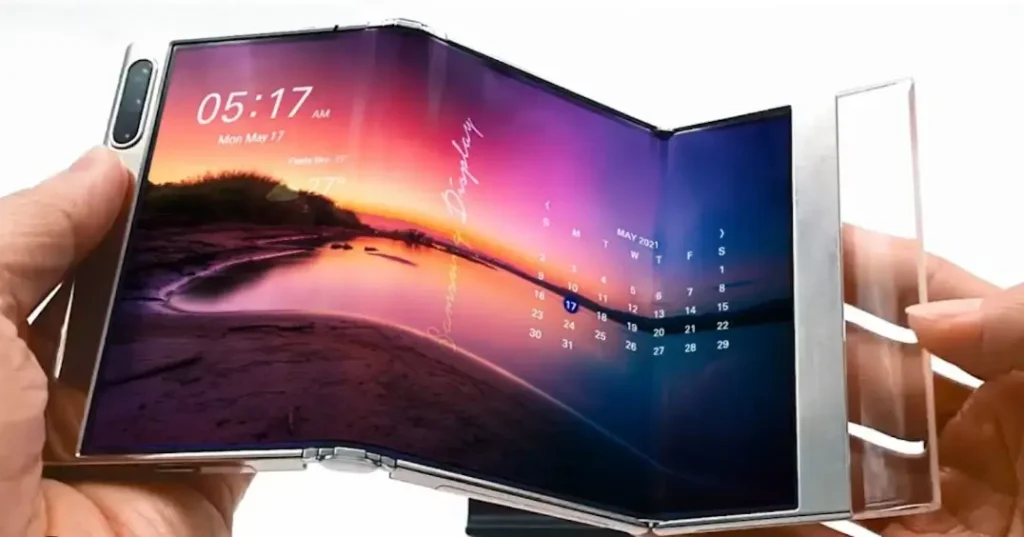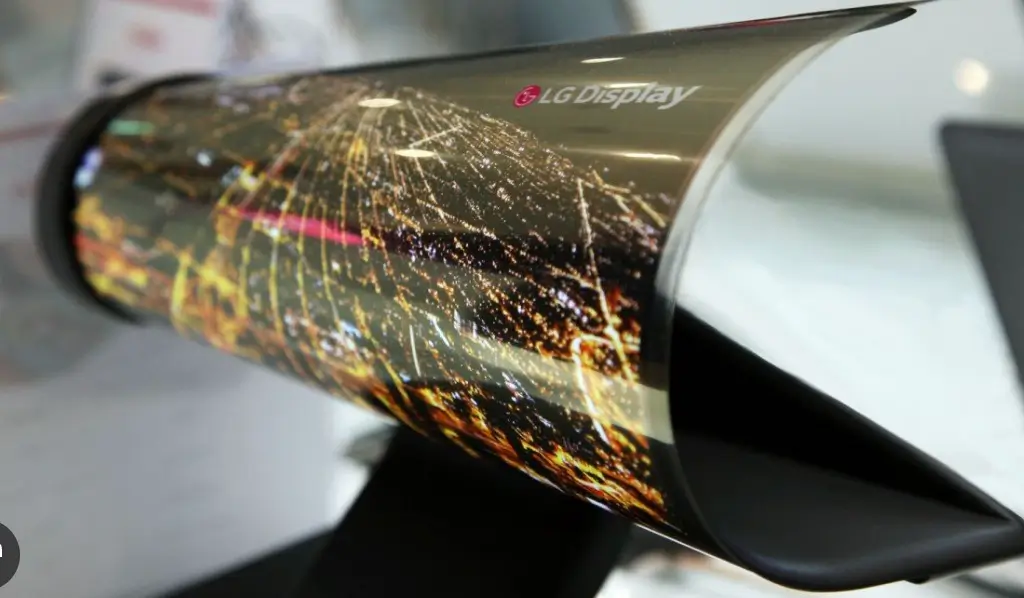
1. Trends in OLED Development
OLED devices are evolving towards higher performance, lower energy consumption, and broader applications. This transformation is not only reshaping the consumer electronics market but also opening new possibilities in various sectors such as the industrial and medical fields.
1.1 Flexible and Foldable Displays
Flexible OLED screens represent a crucial development direction for both the present and the future. Advances in materials science enable manufacturers to produce thinner, lighter, and bendable displays that can even be fully folded. This innovation allows for a greater diversity of designs in devices like smartwatches, smartphones, and tablets, enhancing user experience.
1.2 Stacked Structures for High-Brightness Displays
Stacked device technology is seen as a vital pathway for enhancing the brightness and efficiency of OLEDs. By optimizing the multilayer structure design, it’s possible to achieve higher light output and improved color performance, which is especially important for applications that require sustained high brightness, such as automotive dashboards or portable devices used outdoors.
1.3 Undoped OLED Devices
Researchers are exploring undoped OLED structures to simplify manufacturing processes and reduce costs. This approach, utilizing p-i-n structures or stacked configurations, holds promise for longer-lasting and higher-performing devices.
1.4 Transparent OLEDs
Transparent OLED displays allow light to pass through, providing visual information without obstructing the underlying view. This technology is particularly advantageous in applications such as smart homes, retail display windows, and augmented reality (AR) headsets.
1.5 Printed OLED Technology
Printed OLED is an emerging large-scale production method that utilizes inkjet printing or other printing techniques to deposit organic emissive materials. This method enhances production flexibility and lowers costs, thereby expanding OLED applications to larger screens.
1.6 LTPO Backplane Technology
Low-temperature polycrystalline Oxide (LTPO) technology, as an advanced driving backplane solution, can significantly reduce power consumption while supporting dynamic refresh rate adjustments. This is especially crucial for mobile devices, as it extends battery life without compromising display quality.
1.7 White OLEDs
White OLEDs are intended for the general lighting market, boasting energy efficiency, environmental friendliness, and ease of integration into various form factors. As technology matures, these products are expected to see broader adoption.
1.8 Improved Packaging Technologies
OLED devices are sensitive to environmental conditions, making effective packaging critical for long-term stability and durability. New online and offline packaging techniques are being developed to protect sensitive components from moisture and other contaminants.
1.9 Health Monitoring Applications
With the development of big data and medical cloud platforms, OLED technology has found applications in the smart health sector. The small form factor and low-power characteristics of OLEDs make them ideal for integration into personal health monitoring devices, such as heart rate monitors or blood glucose meters.
1.10 New Material Research
Researchers continue to seek new organic materials aimed at enhancing the lifespan, efficiency, and stability of OLED screens. These new materials include but are not limited to fluorescent compounds, phosphorescent materials, and other types of emissive substances, which help address existing bottlenecks.

2.OLED Packaging Materials
2.1 Failure Analysis
The aging of OLED devices primarily stems from the sensitivity of organic materials in the emissive layer to atmospheric pollutants, oxygen, and moisture. The main causes include:
- Electrochemical corrosion of the metal cathode in the presence of air or other oxygen-containing atmospheres.
- Oxidation of the emissive layer by oxygen, forming carbonyl compounds that significantly reduce the quantum efficiency of OLED emission.
- The heat generated during OLED operation accelerates the aging of the emissive materials, auxiliary materials, and electrodes when exposed to air.
2.2 Dispensing Process
The packaging of OLEDs typically involves using a dispensing machine to apply adhesive around the edges of the packaging cover. This is followed by pressing the cover onto the previously vapor-deposited substrates in a nitrogen atmosphere and curing the adhesive.
2.3 Dispensing Requirements
To ensure the longevity of OLED devices, the sealing adhesive must have a water vapor permeability of less than 10^-6 g/(m2·d) and an oxygen permeability of less than 10^-3 g/(m2·d). Therefore, suitable sealing adhesives must be employed to effectively block moisture and oxygen from entering OLED devices for large-scale production.
2.4 Material Introduction
To meet the packaging requirements of OLEDs, Visko has introduced four types of sealing adhesives characterized by high moisture barrier performance:
- VEP2238: A single-component epoxy thermosetting adhesive that cures rapidly at low temperatures, is stable to thermal shock and chemicals, and offers excellent moisture barrier properties, making it suitable for full-surface encapsulation of OLED panels.
- VAC2106: A UV-curing adhesive with high process compatibility, flexibility, strong shear strength, resistance to high temperature and humidity, and long-term reliability; it offers excellent hydrophobic properties and moisture barrier performance, ideal for OLED sealing.
- VEP2133: A UV and thermal dual-curing adhesive that offers excellent oxygen and moisture barrier properties, superior resistance to sweat and oils, and high mechanical strength, suitable for full-surface encapsulation of OLED panels and wearable device packaging.
- VAC2994: A UV moisture-curing adhesive with a high glass transition temperature (TG), exceptional bonding performance, resistance to high and low-temperature cycles, and long-term reliability, serving excellent fixation and moisture-oxygen barrier functions to meet OLED packaging requirements.

If you have any questions about adhesive selection and usage, please feel free to contact us. Our team of experts has extensive experience and can provide you with free consultation services.
